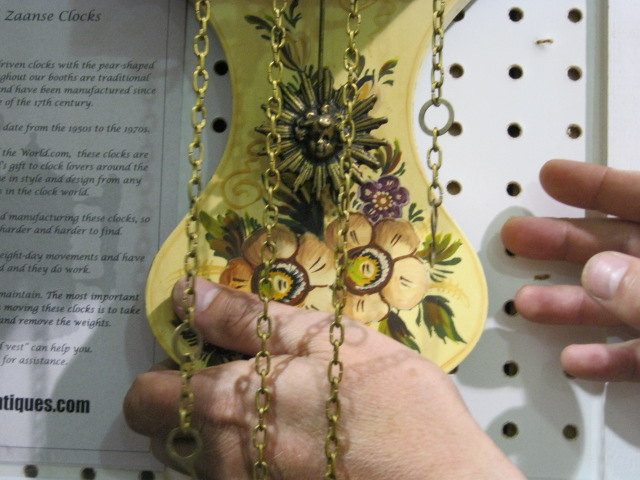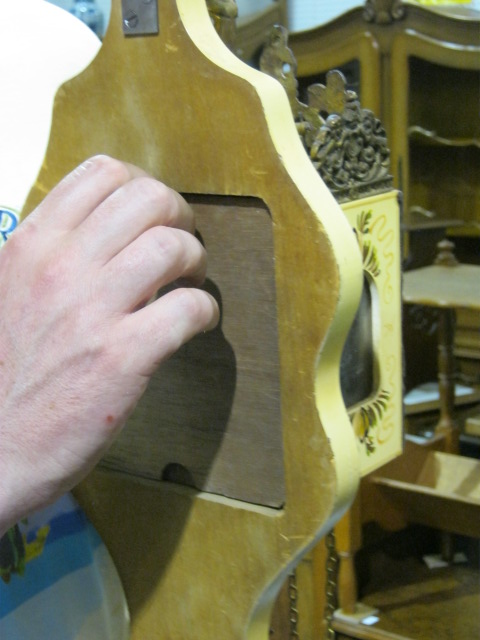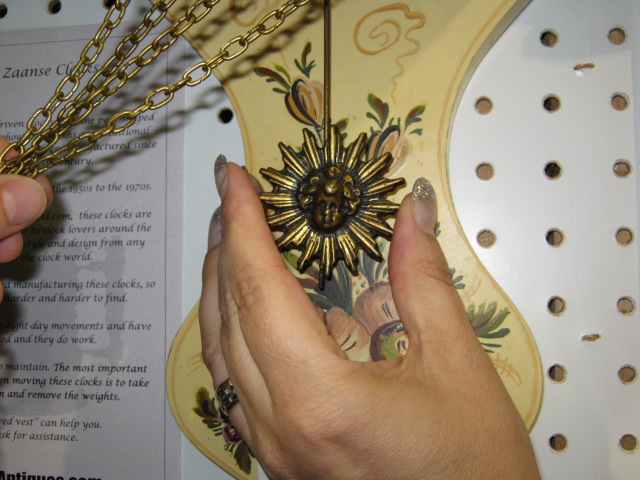Europa Antiques imports unique treasures from Germany, France, Belgium and the Netherlands. Our diverse inventory of furniture, home decor and clocks includes pieces dating from as early as the 1700's up to the 1970's.

Europa Antiques imports unique treasures from Germany, France, Belgium and the Netherlands. Our diverse inventory of furniture, home decor and clocks includes pieces dating from as early as the 1700's up to the 1970's.

Europa Antiques has imported some beautiful traditional dutch clocks known as “Zaanse” Clocks. They have been made since the middle of the 17th century. According to Clocks of the World.com, the Zaanse clock is looked upon as Holland's gift to clock lovers around the world. They are unique in style and design from any other clocks in the clock world.
Holland has since stopped manufacturing these clocks, so they are becoming harder and harder to find. The clocks we have imported date from the 1930s to the 1970s.
Our Zaanse clocks have eight-day movements and are weight-driven. That means the weights (some weights look like pear-shaped balls) will go down while the clock is running and when the clock chimes on the hour and half hour. These weights have to be raised up every few days to keep the clock running. You do this by pulling on the chains.
Below are general instructions on how to move and hang up your Zaanse clock. Or you can download a pdf file to print out. Click here.
Remember, you must ALWAYS remove the pendulum and the weights before moving your clock!

Step 1
Remove the weights by taking them off of the hooks at the end of the chain.

Step 2
With the weights removed, take the clock off the wall and hold it as upright as possible.

Step 3
Remove the back of the clock.

Step 4
Gently lift off the pendulum. With the pendulum and weights removed you can now move your clock!
Step one: Repeat the steps above but in reverse:
Install the pendulum, keeping the clock as straight as possible. Then hang the clock on the wall and finally put the weights back on the ends of the chains. Now you are ready to follow the instructions below:

Step 2
Make sure your clock is straight. If the clock is pitched too far forward or backward, the pendulum might hit the inside casing and will not run properly.

Step 3
Set the time. You must ALWAYS push the minute hand FORWARD - never backward. ALWAYS STOP at the 12 and the 6 to let the clock chime.

Step 4
Once you have heard the clock strike you can set the hour hand to the number of strikes you have heard.

Step 5
Start the pendulum by gently pushing it on its left or right side and listen. If you hear a definite “tick-tock-tick-tock” your clock should run just fine.
If, after a few days, you notice your clock is running fast or slow, you can adjust the pendulum. You will see a tiny screw at the bottom of the pendulum.
Turning the screw up a notch to make the pendulum shorter will make the clock run a little faster. Turning the screw down a notch to make the pendulum longer will make the clock run slower.
1 - When you raise the weights with the chains, help the chains a little by holding and pushing up the weight with your hands. Remember, these chains are old!
2 - ALWAYS let the clock strike when you are setting the time, do not just rush forward with the minute hand.
3 - If you do not hear a definite - tick-tock sound, then usually the clock is not at the right angle. Double check that it is straight and that the pendulum is not hitting the inside of the case. Perhaps tucking a tiny piece of paper behind the clock to ensure it is at a 90 degree angle is all you need to keep your clock running.